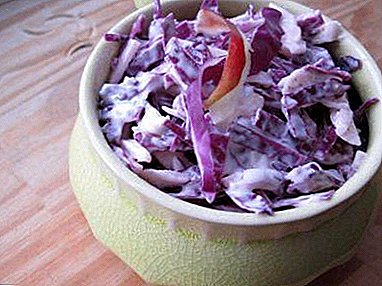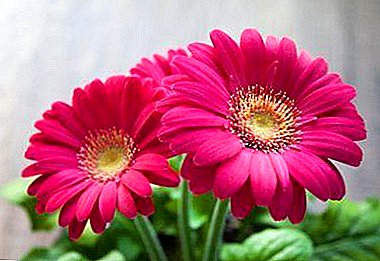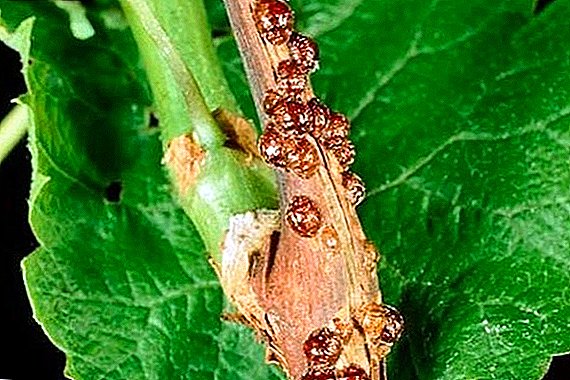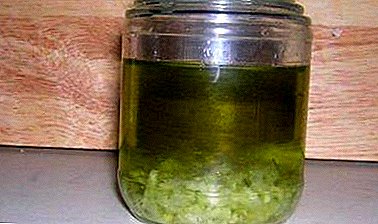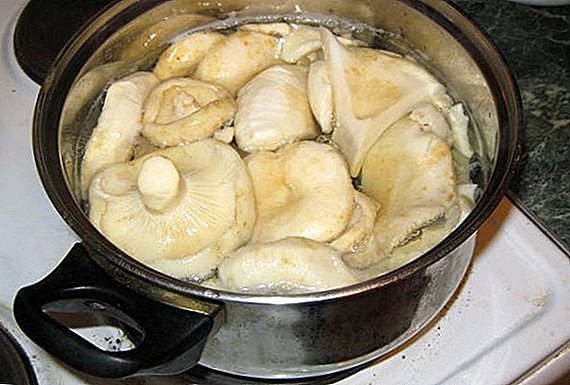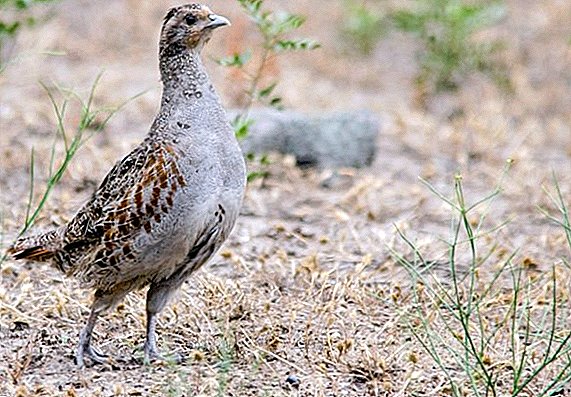 A partridge is a bird belonging to the family of Pheasants and the order of the Curonidae. Due to its small size, it is very agile and fast. A distinctive feature of partridges - their extremely high adaptability to the harsh climatic conditions, so that the bird can be found almost throughout the northern hemisphere, from the Arctic Circle to the American subtropics.
A partridge is a bird belonging to the family of Pheasants and the order of the Curonidae. Due to its small size, it is very agile and fast. A distinctive feature of partridges - their extremely high adaptability to the harsh climatic conditions, so that the bird can be found almost throughout the northern hemisphere, from the Arctic Circle to the American subtropics.
Ptarmigan

The partridge tundra lives in the northern latitudes, where it leads a sedentary-nomadic way of life. Its appearance is very similar to the white partridge, because of which, in areas of common dwelling, these types of partridges can be very easily confused.
Usually the tundra view of such birds prefers to keep in small groups. Mating occurs in the spring, and for nesting, they are looking for rocky placers richly grown with lichen.
Partridges are increasingly grown at home on a level with: chickens, ducks, geese.
They can also build their nests in the tundra on the hillsides, in places where shrubs grow. Usually the nest is a shallow fossa., the bottom of which is covered with various stalks, leaves and herbs.

Most often, this species hides its nests under large stones or bushes. At about the end of June, females lay between 6 and 12 eggs, protecting them during the incubation period. When danger arises, they are first hiding, and then, in every way they try to divert the danger from their offspring.
The color of the bird is ocher, the upper part of the body is densely covered with specks of brown color. In the summer period, the color becomes more gray. Most partridges are on the ground all the time.where they sit on tall stones.
The diet is quite diverse and includes berries, young shoots and buds of willow or dwarf birch, as well as leaves and flowers of other plants.
Important! At the moment, the population of this species has decreased significantly. Because of this in some countries there are government programs to protect it.
Stone partridge

The body part of the stone partridge is similar to gray, but differs from it in greater mass. The habitat of this species covers a large area from the Caucasus to the Altai.
Also in natural conditions the bird can be found in Central Asia. Usually partridges and many of their species inhabit mountain ravines, at the bottom of which rivers flow.
The color of the stone partridges is rather motley, ashen-gray, with a bluish-pink shade. This type of eye has a characteristic pattern in the form of a ring.

On the sides there are dark transverse stripes, and a belly of a reddish shade. The length of the body is 35 centimeters, and the weight is from 350 to 800 grams, the wingspan is 47-52 centimeters.
The female lays about 16 eggs, different clay-white shell, which is covered with brown spots. The incubation period lasts three weeks.
The diet includes a variety of fruits, berries, buds and grains. The bird can extract various roots and bulbs from the ground. Also insects are eaten: spiders, caterpillars and beetles.
Desert Partridge
This species lives on the territory from the Armenian Highland to India and from the shores of the Persian Gulf to Central Asia. Previously, the habitat covered even the southern part of Europe..

Usually these birds live in the foothills, in places where there are ravines, ravines and placers of stones. Willingly settle near springs and streams. They prefer hilly terrain with small grass or shrub vegetation.
The plumage of birds has a grayish-sandy color with a slight pink shade.
On the sides there are longitudinal wide brown stripes. The males of this species have a brown-black band on their head, which near the goiter turns into a kind of "tie". The mass of adult partridges is 200-300 grams.
The places where nests are settled are the slopes of hills, precipices, places under stones, near trees and bushes. In the period before the eggs hatching, the female and the male are together and feed near the nest. Typically, the female lays 8-16 eggs and immediately after laying begins to hatch them.
Males, more often than not, do not take part in hatching eggs, but are located not far from nests. However this kind of monogamoustherefore, together with the brood, one can meet both the female and the male.
Did you know? Since 1995, the partridge is the state symbol of the US state of Alaska.
White partridge

Very beautiful view, growing to 38 centimeters in length and gaining about 700 grams of weight. It has a small head with small eyes and a short neck. The small beak is strong enough, slightly bent down.
Short legs are covered with thick plumage, which, together with sharp claws, allows the bird to stay well in the snow in winter. With the deterioration of weather conditions, it digs in the snow small depressions, in which it waits bad weather.

Normal diet - grass vegetable feed: young shoots of various shrubs, flowers, berries and seeds of plants, swamp moss. The diet of 97% consists of vegetation and 3% of feed of animal origin (larvae, worms, beetles and flies).
This species rarely flies and mostly leads a terrestrial lifestyle, runs well and disguises itself beautifully. In winter, the white partridge chooses the so-called "snow chambers" as a habitat, for which it pulls out passages in the snow. In such a shelter the bird hides from predators.
She is a gregarious bird, but during the breeding season is separated from it. At this time, pairs are formed, reproducing offspring.
Did you know? The described form can tolerate the conditions of extreme cold, while retaining the strength and energy in the snowcameras.
Crowned grouse

Unlike most other species, the crowned partridge lives not in open areas with a small amount of vegetation, but in tropical forests, where it is rather difficult to find.
An adult individual grows up to 25 centimeters in height. The main feature of the form is a bright and unusual appearance.
The color of the birds is almost black, with a noticeable blue tint in males and green in females. On the head of the males there is a crest of bright scarlet color, which in its form resembles a brush.

Usually a crowned partridge feeds on fruits and seeds, but unlike other species, food of animal origin predominates in the diet. This includes various insects and even terrestrial mollusks.
The species is also distinguished by its unusual nesting style. Instead of chicks hatching in the fossa, such partridges build a large nest, with an entrance and a roof. Most of the females lead already quite adult chicks to the nest, while neatly closing the entrance with branches.
Long-billed partridge

The habitat of this species is dry forests of Malaysia, Sumatra and Borneo. The birds are quite large, the length of an adult individual reaches 36 centimeters.
Partridge habitat - the tropics, where there are dense forests, especially the thickets of bamboo. Sometimes representatives of the species can be found even at kilometer altitude.
The bird is pretty shytherefore he tries to hide from a person as soon as possible. It is difficult to see, but it can be easily heard at night, when the partridge makes loud sounds that are carried to a very long distance.
Presently practically nothing is known about the species nesting. From the nests found and investigated, it can be concluded that females lay between 2 and 5 eggs, which hatch for 18-19 days.
Did you know? Malaysians have come up with an interesting way to hunt for such partridges. To do this, they imitate the night screams and lure them into special traps.
White-throated Spur Partridge

Lives in the moist mountain forests of Sri Lanka at an altitude of 1500 meters above sea level. An adult grows up to 33-36 centimeters. Basically, the diet consists of plant foods - berries, seeds, rhizomes.
For vitya nests chooses overgrown slopes of river valleys, because in such places it is easiest to hide offspring from predators.

In the mating season, birds gather in pairs.that do not break up even after the appearance of offspring. During the monsoon period, which lasts from November to March, the female lays 2 eggs. Grown-up chicks keep close to their parents and quickly learn to independently feed.
Desert Partridge

Inhabits the mountainous or desert terrain, where is sedentary. Usually birds gather in pairs or small flocks. They fly quite rarely and for short distances.
Basically they move along the ground, quickly running away from predators up the mountain slopes, where they hide in crevices and between stones. Eat kidneys and seeds of plants, as well as small insects.
The size of the bird is even smaller than that of a pigeon, and the weight of a partridge is only 200 grams. The plumage is gray with a slight pink tint; oblique stripes of brown and black are present on the abdomen. On the head of the males there is a dark stripe that resembles a blindfold.
Nesting sites are rocky mountain slopes with a minimum of vegetation. In mid-May, the female lays 8-12 eggs.
Important! In fact, the partridge belongs to the same family as the black grouse, that is, to the Teterevins.
Madagascar Partridge

It lives on the island of Madagascar in the thickets of bushes and in the tall grass. Often can be found on the cultivated fields, where the bird is looking for their own food.
Also loves abandoned fields that are overgrown with weeds. The size of an adult individual is almost 30 centimeters.
The peculiarity of this species lies in its polygamy, in other words, the male mates with several females. Also, birds have a pronounced difference in coloring by gender.
Males have a brighter color, which allows them to attract a large number of females. After mating, the female lays a rather numerous clutch, sometimes consisting of twenty eggs.
Important! This species is endemic, that is, its representatives can live only in Madagascar.
Bush partridge

It inhabits the forests that grow on the low mountains of southern China, can also be found in Tibet. Representatives of the species can live at high altitude: from 1,500 meters to 2,700 meters above sea level.
Adults do not differ in large size and usually their body length is 25 centimeters. In the wild, shrub partridges are kept either in pairs or in small groups of up to ten individuals.
The color is brown-brown, with small spots of black color. The black spots on the throat can determine the gender of the bird, since the male has more of them.

In the period from April to June, pairs form, after mating the female lays 4-5 eggs. Bush partridge does not build a nest, and makes laying directly in the ground in the roots of a tree or under a bush.
Despite its small size, it is a very hardy bird that can survive even in extreme conditions of the Arctic and the tropics. But nonetheless some species need protection, without which they can simply disappear.


